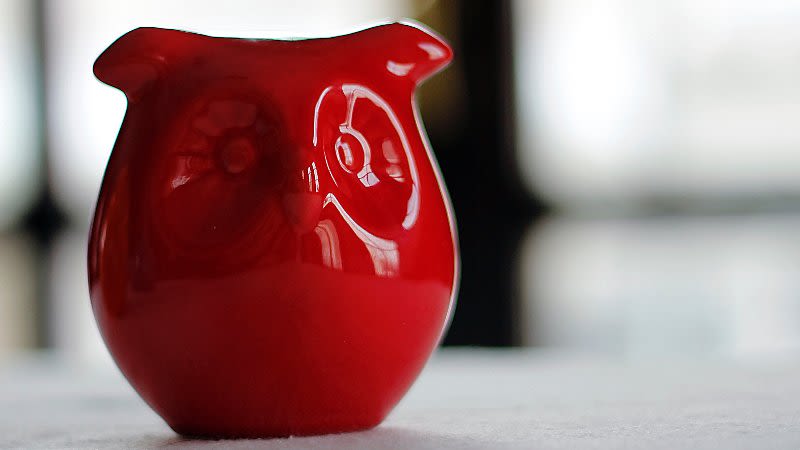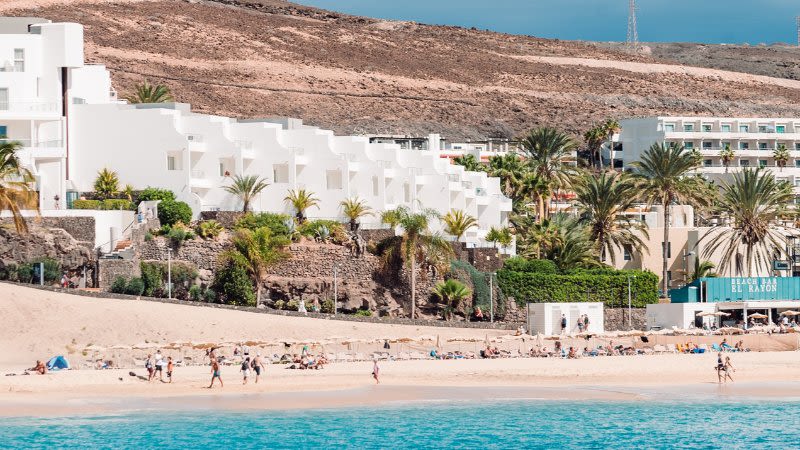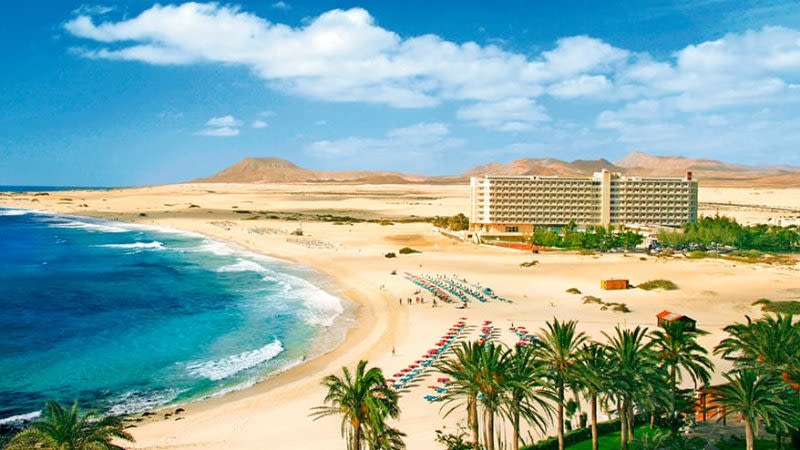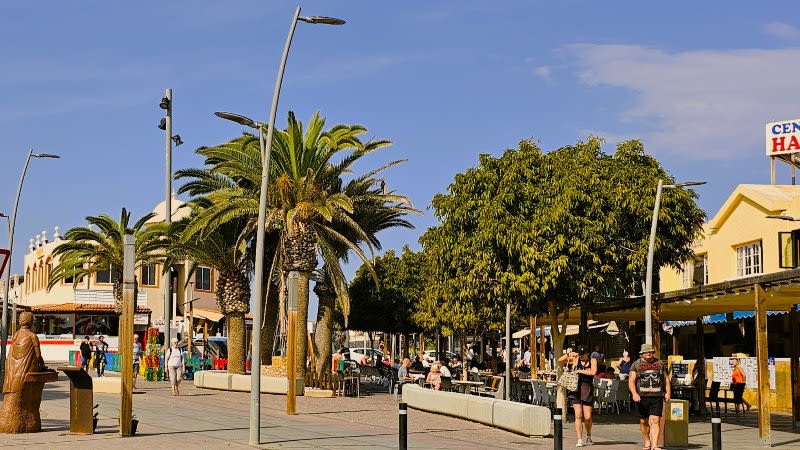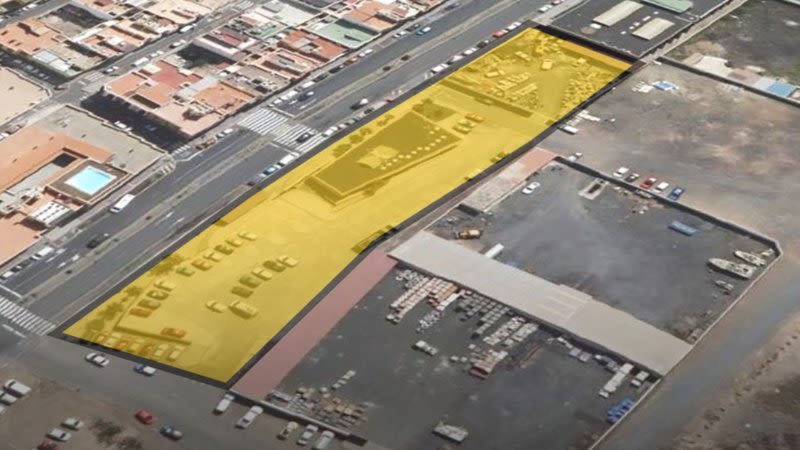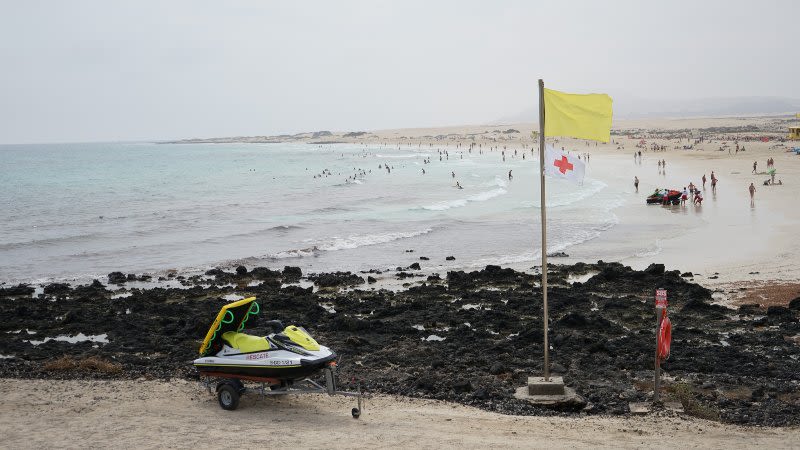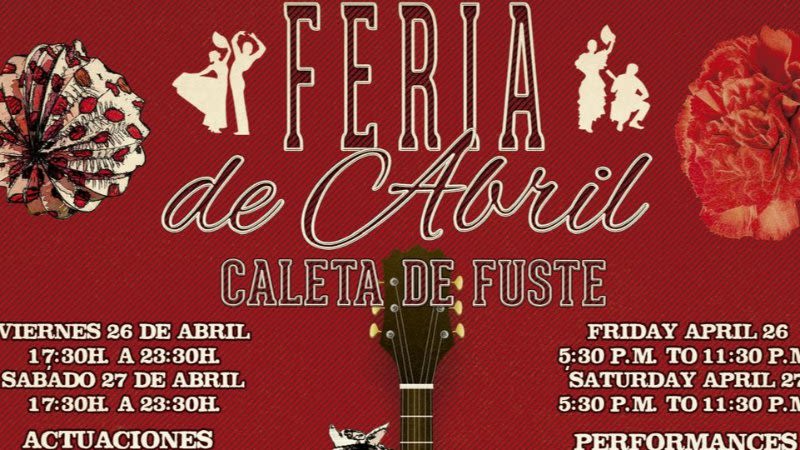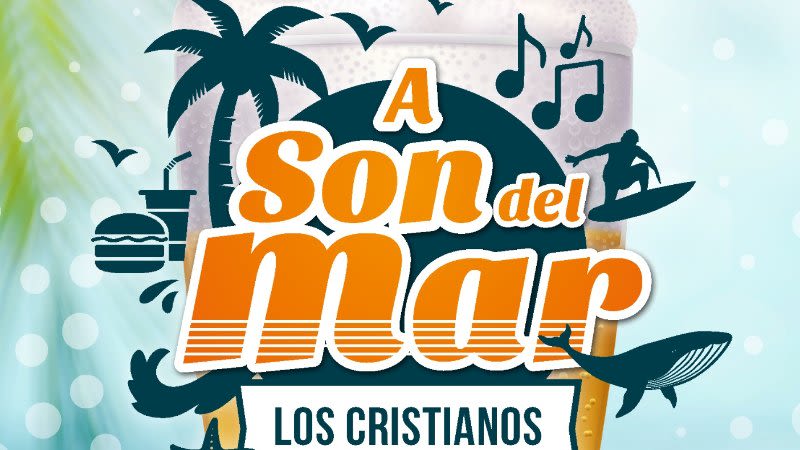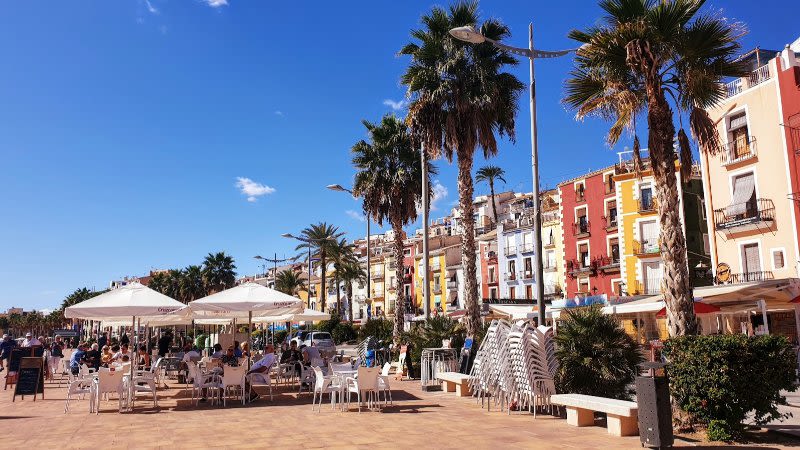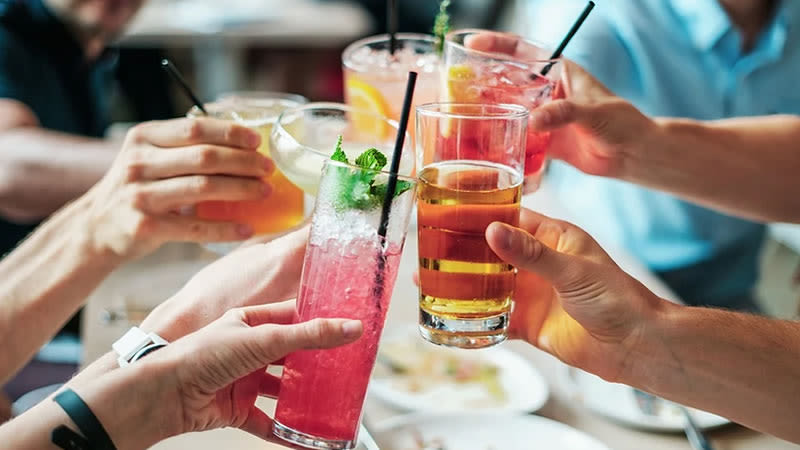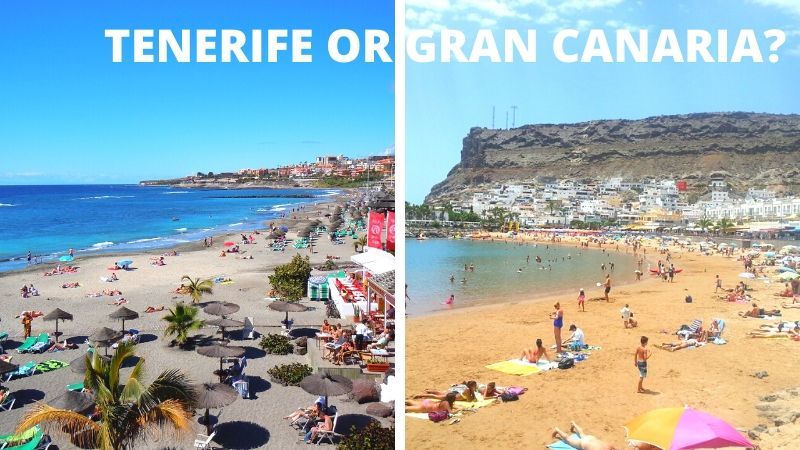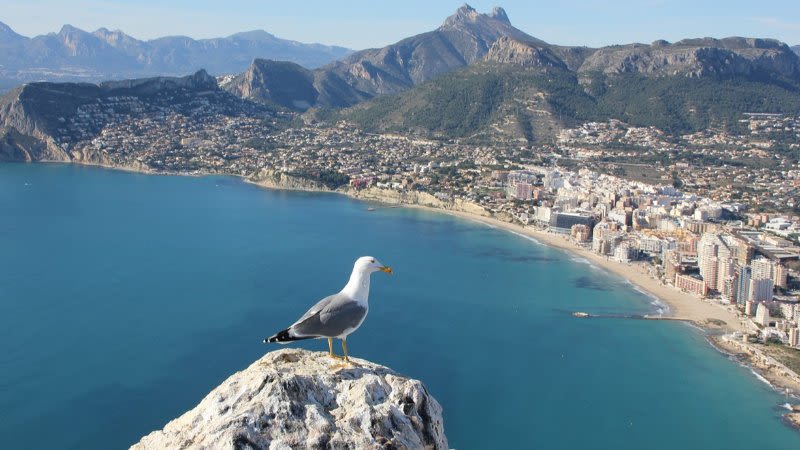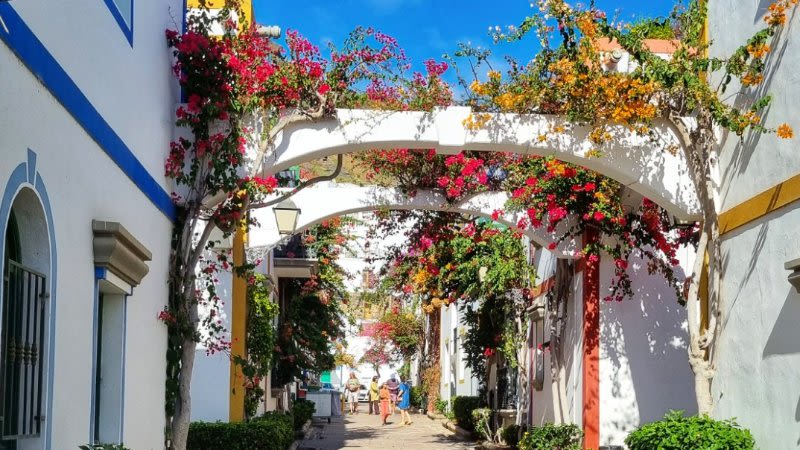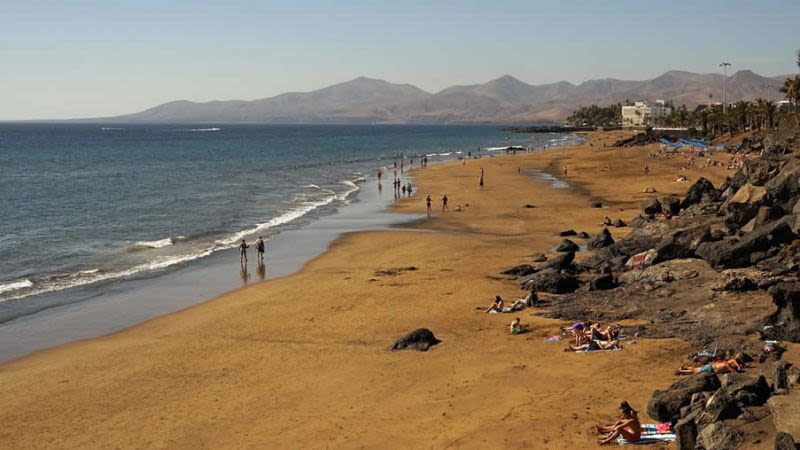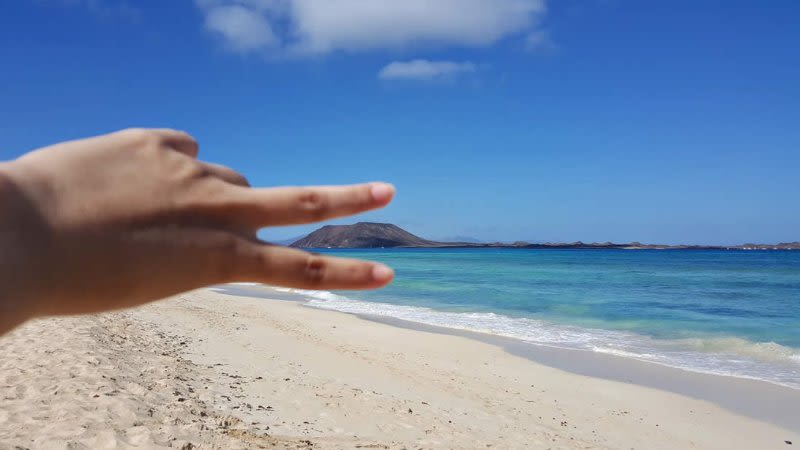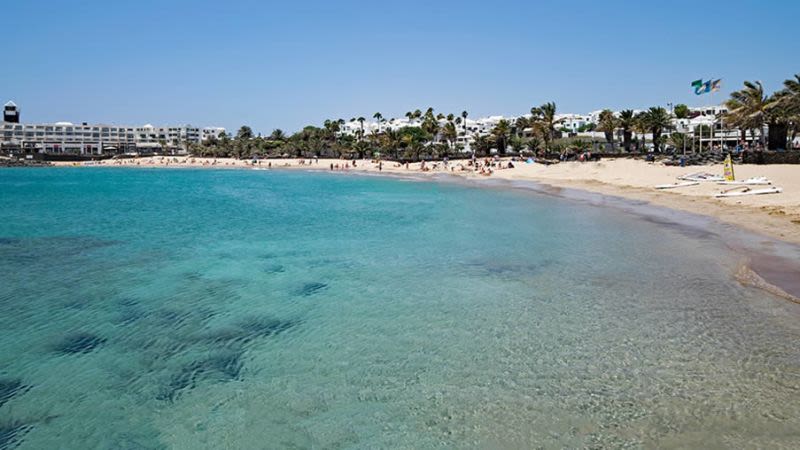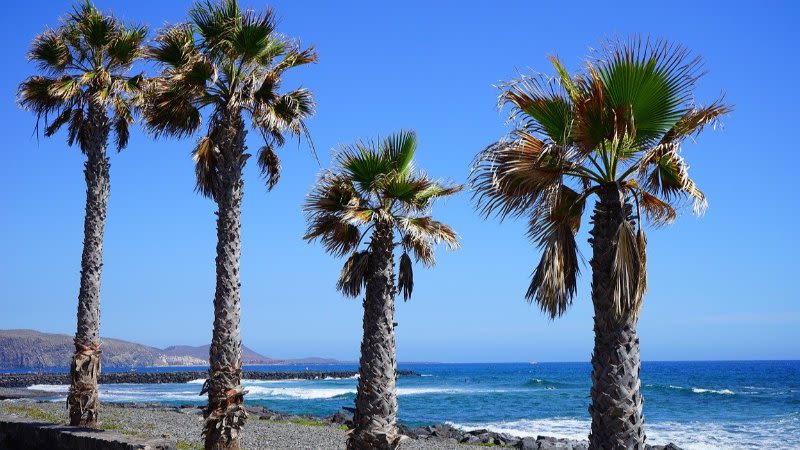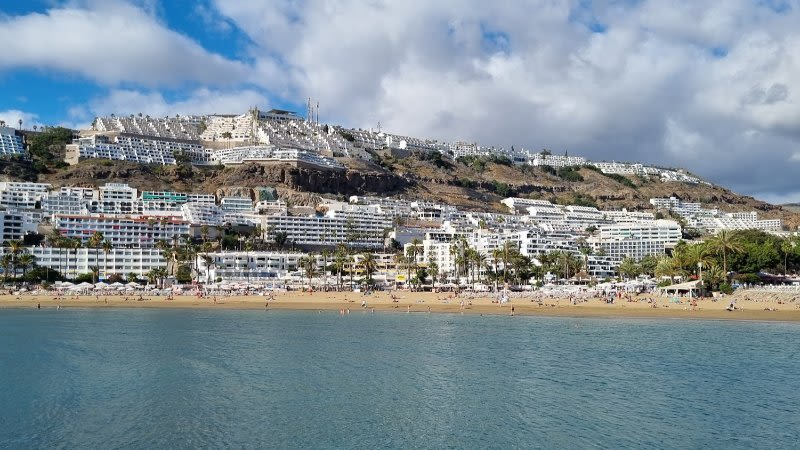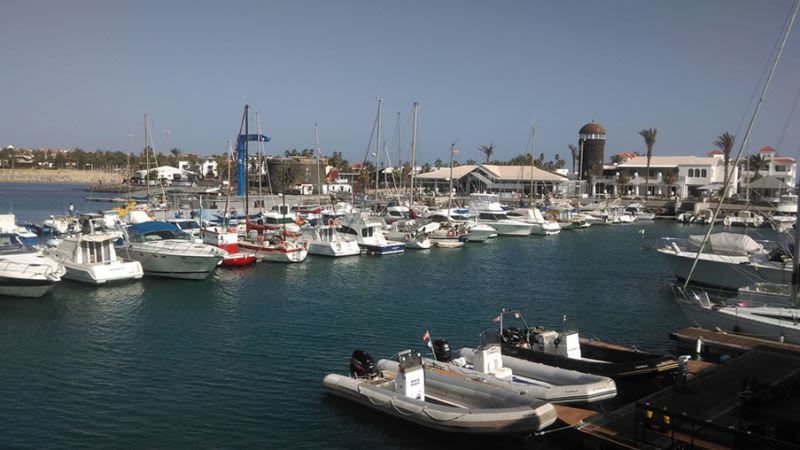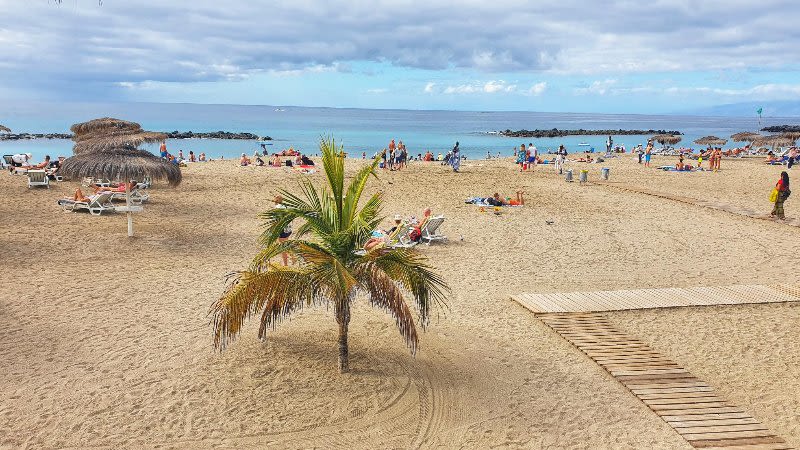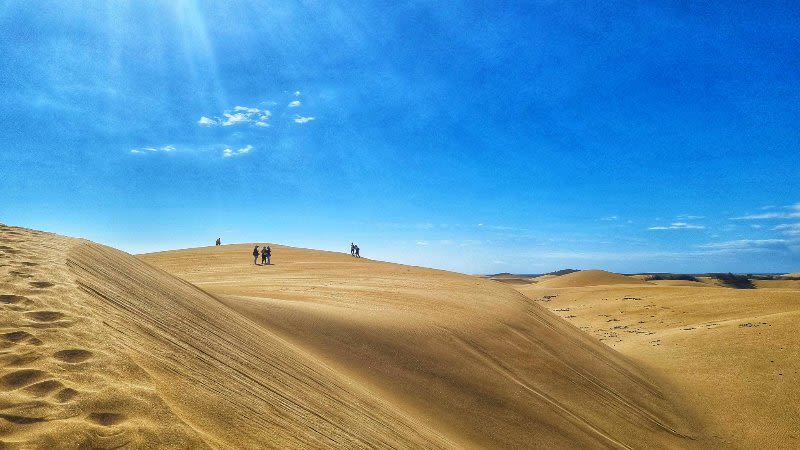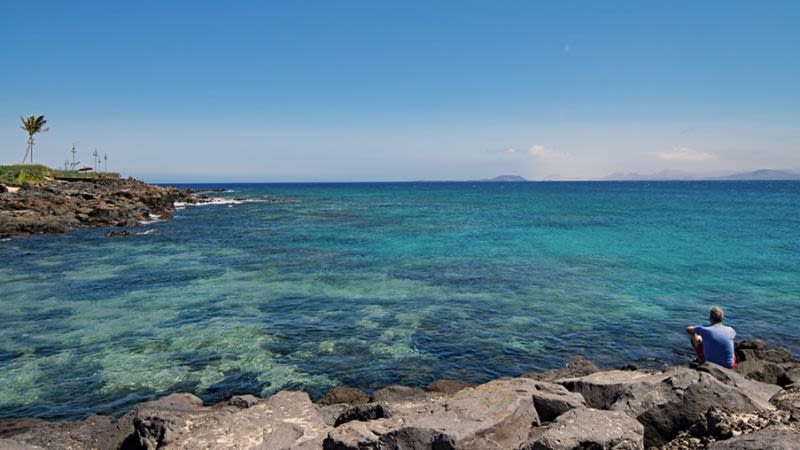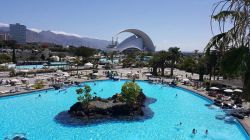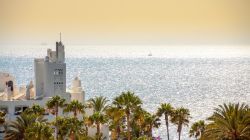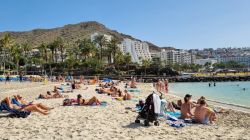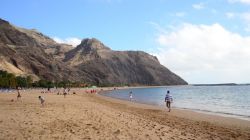Over 500 kilograms of sand, volcanic rocks, rhodolites confiscated at Fuerteventura Airport each month
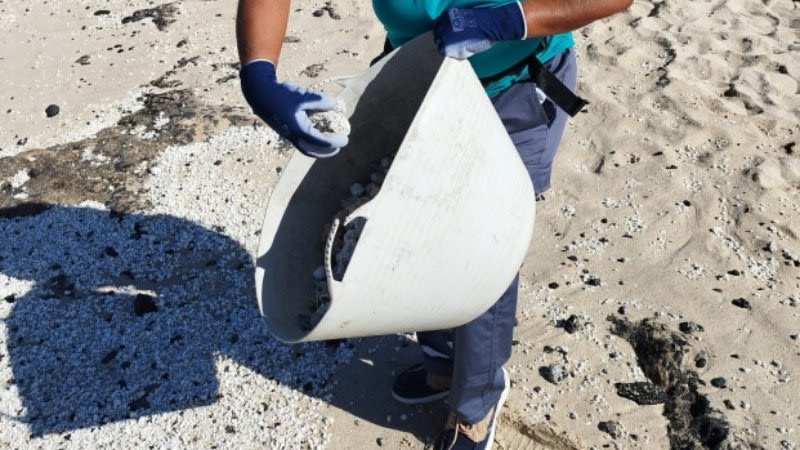
Every month between 500 and 600 kilograms of geological material are returned to the beaches of Fuerteventura, including sand, pebbles, volcanic rocks, or rhodolites.
Cabildo de Fuerteventura and the Canary Islands Employment Service, have launched an operation to restore various enclaves on the island damaged by some visitors who try to take geological materials as souvenirs.
Every month, an average of 500 to 600 kilos of materials, including sand, pebbles, volcanic rocks, or rhodolites, are seized at the Fuerteventura Airport. All the confiscated items are collected by the members of the 'El Cabildo Mima tu Isla' plan and returned to their places of origin.
This project, with a scientific purpose, aims to restore environmental damage through different actions, among which the support for the Environment Service of the Insular Institution in the return of these elements to the natural environment and their evaluation stands out.
“It is increasingly common to take a souvenir from the beaches of Fuerteventura, without knowing that every time a person takes a shell or other material, they are contributing to the imbalance of that ecosystem and, therefore, to the loss of biodiversity”, lamented the president Sergio Lloret, who has made an appeal both to the population of the island and to its visitors.
"Among all of us we have to continue working for the preservation of the natural wealth of our island, because it is not only part of who we are and our descendants and future visitors to Fuerteventura deserve to enjoy it as we do, but it is also key for our island to continue to be the tourist attraction full of diversity and beauty that it has always been”, highlighted the island councilor.
It must be taken into account, as explained by the vice-president and counselor for the area, Juan Nicolás Cabrera, that "the components that make up a natural space have their function in the ecosystem, the shells found on the beaches will become sand in the future, and that sand will be a refuge and habitat for different species necessary for good environmental health and the growth of other species, and so on”.
In addition, the materials are classified by the 'El Cabildo Mima su Isla' plan to study the place of origin and assess the impact generated by this illegal activity and, later, they are returned to their natural environment.
The most affected areas are those where there is a large influx of tourists and where these elements stand out for their beauty. This action is prohibited and carries a sanction according to Law 42/2007, of December 13, on Natural Heritage and Biodiversity. That is why the Civil Guard seizes different elements every day at the island's airport, such as sand with different characteristics, stones, picón, fossils, shells, and rhodolites.

